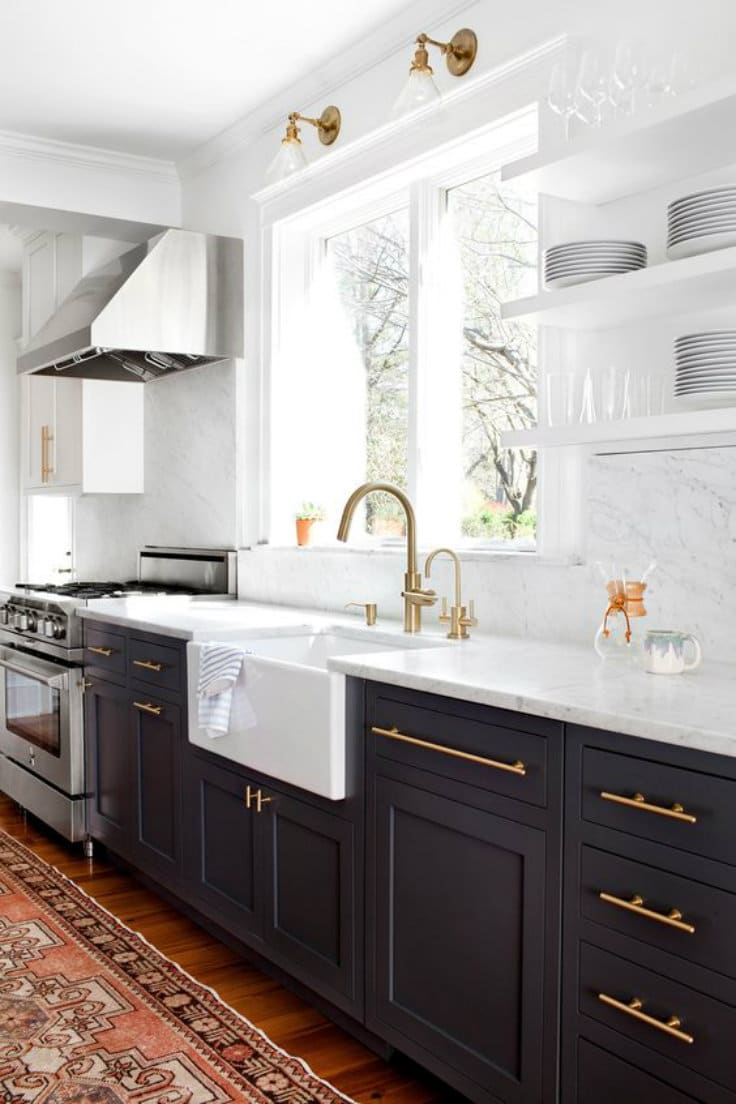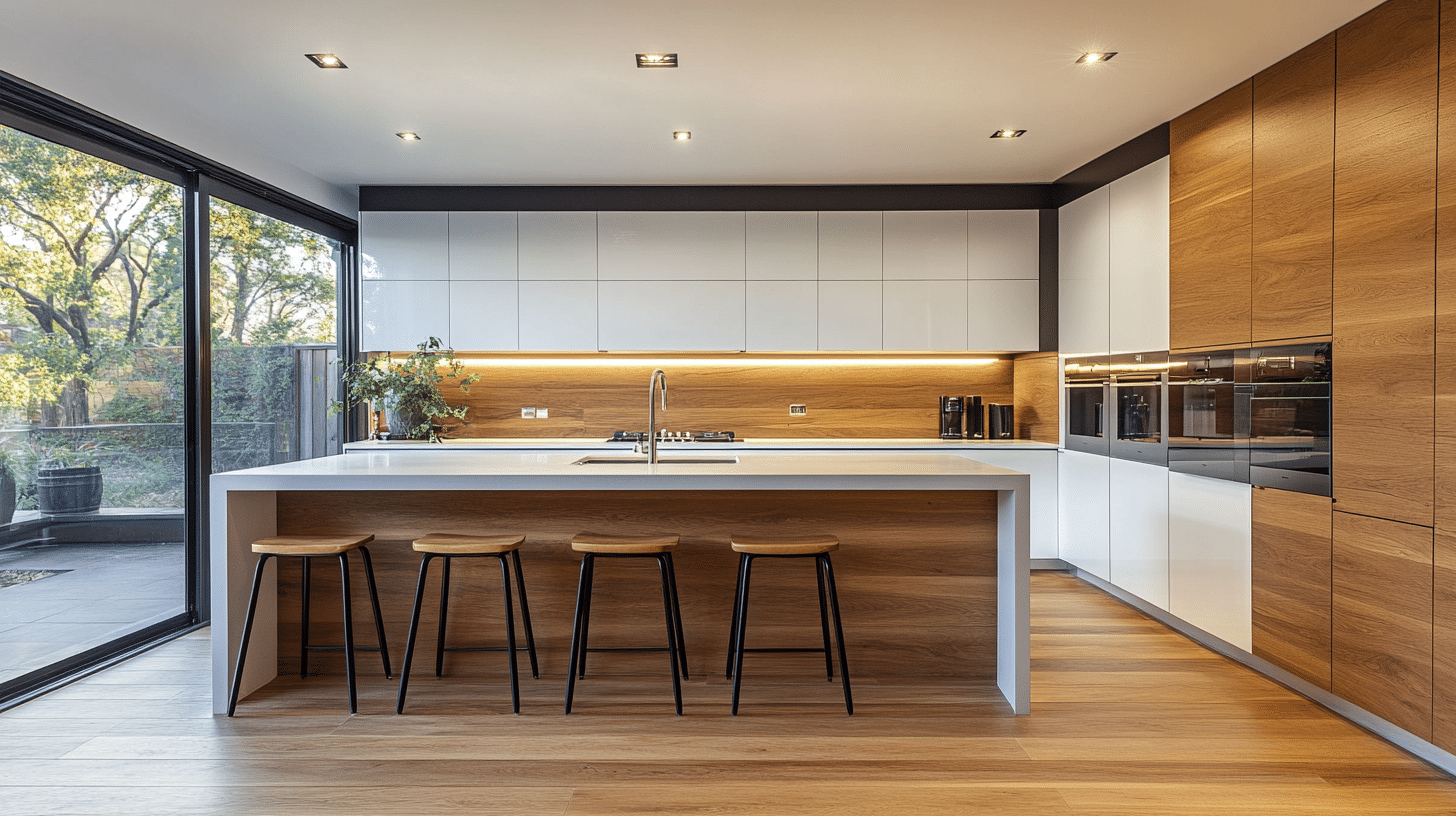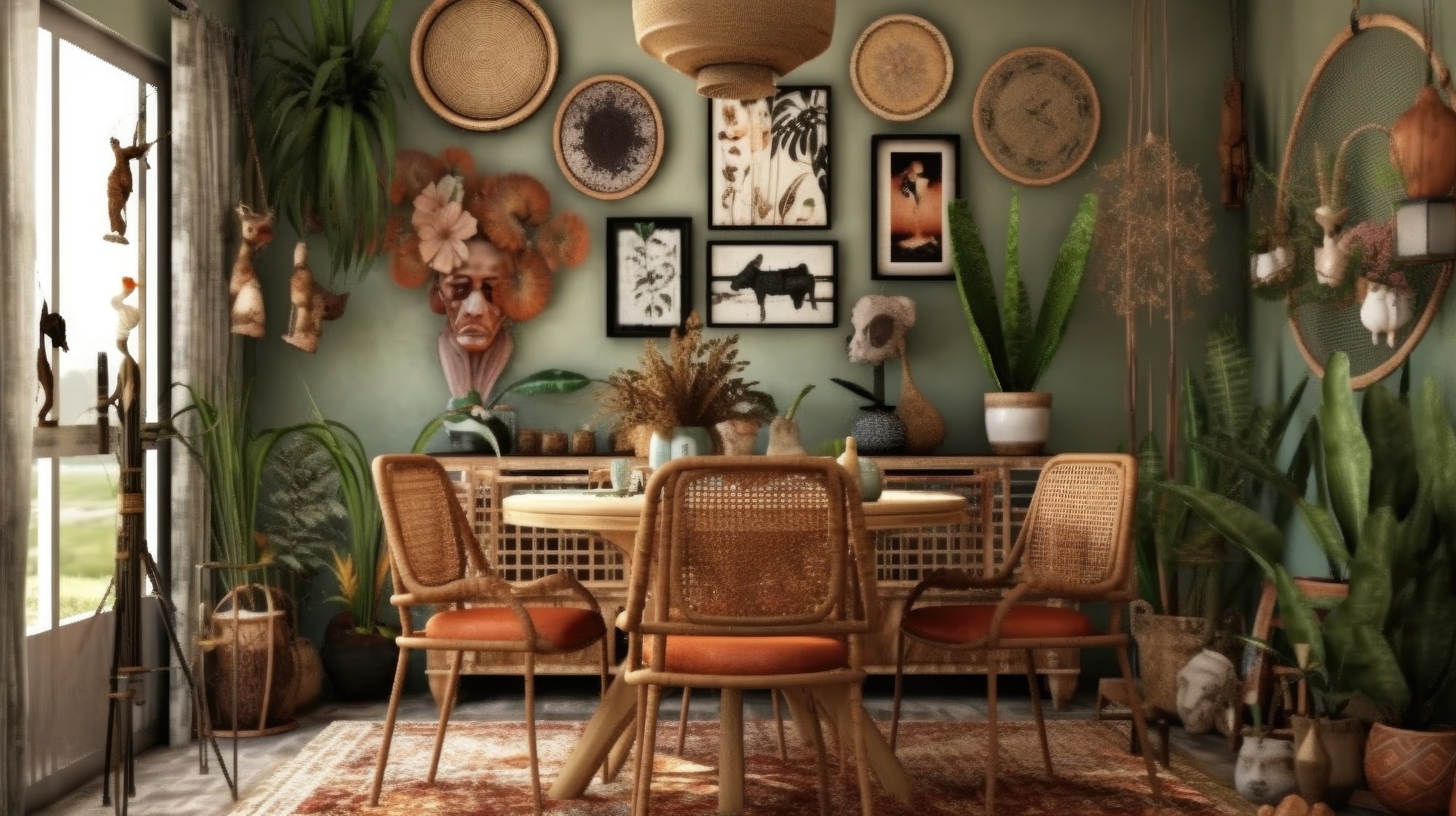What Defines a Traditional Hindu House?
Do you also get fascinated by the vibrant colors, intricate patterns, and nature-infused decor when you visit your Indian neighbor next door? Well, we do, too!
The traditional Indian decor style is so full of warmth and calmness despite being so loud in the colors and elements that it creates a perfect symphony for any resident.
Indian homes represent the true Indian spirit in every brick and wall.
But the homes that accommodate such diverse and old religions must have something exceptional about them, right?
Being a secular nation, India allows its inhabitants to practice their customs and traditions however they want.
Something that almost everyone wants in their personal space is the freedom to be themselves.
Let’s figure out how to give your home a vibrant Indian touch.
What is a Traditional Indian House?
Traditional houses are a compilation of some particular elements that seem to vary in a diverse net of Indian cultures.
Still, at the core of it, almost every Indian household follows them, in their way.
Indian homes are connected through the commonality of nature. That means every household is, in one way or another, taking its foundation from the ecological aspects.
Traditional houses are basically the houses designed as per long standing cultural ideas, and the old norms of the society.
That means, the common beliefs, practices and lifestyle choices taken up and carried forward by a society.
The features of a traditional house vary as per different factors.
Such as the terrain, the sub-culture or family customs, the historical significance, the materials available and so forth.
Before moving on the traditional Hindu house elements, let us look a bit deeply, how each factor contributes significantly to the diverse homes in India.
- The terrains or architectural uniqueness – This is a very generic idea that the homes that can be built on mountainous areas cannot be built on plain terrains and definitely not near coast lines. Therefore, when we move north to south, the house architecture in India changes drastically.
- Materials available – The types of houses also vary depending on the type of materials available. For example, a home built in northern parts will use more stone and bricks, as compared to the one in south as it will use wood as its major construction material.
- Historical influence – The traditions, of any kind, have a major influence on the history surrounding them. For instance, a house built in southern India will be more influenced by the royal palaces of southern kings while having more of traditional cravings as it was done in old times, while the homes in northern parts are a mix of colonial and Mughal influence.
Now, despite all the differences and variations, there are some basic elements that define a traditional Hindu home.
1. Vaastu Shastra

Believe it or not, this ancient belief system is something that has carried forward and is being followed even in modern times.
Even in the 21st century, Indians build or buy homes based on the best positive value considerations.
Vaastu shastra means designing and structuring the houses as per the cardinal directions to bring in positive energy to the house.
2. Prayer/Puja Room
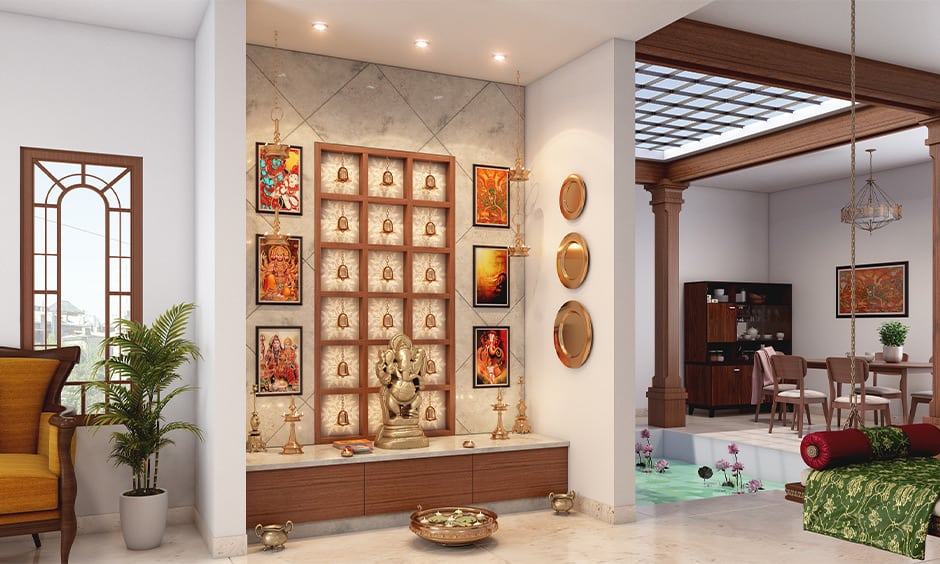
With so many diverse religions and sub-religions, almost every traditional Hindu house has a prayer room.
Prayer is an important part of every Hindu household; the main idea is to maintain positive energy in the lives of residents.
3. Verandahs

Verandahs are another important aspect of traditional Hindu homes.
Since old times, Indians cherished the open spaces at their homes, hence be it the expansive havelis or the palaces, each type of home had an open front or backyard open spaces, where bright sunlight would enter the home.
Verandahs were used by family members of all age groups and genders for spending their leisure time.
4. Rangoli
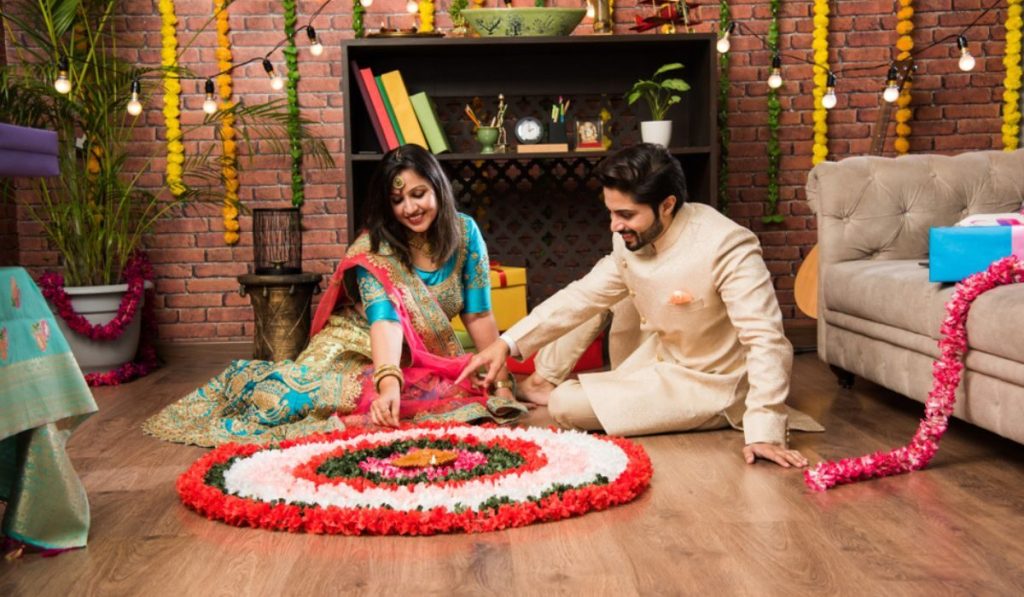
Be it any festival or any happy occasion, and rangolis are pretty much like mandala designs, drawn in every traditional Hindu home to depict a celebratory feeling.
Rangolis are not just decorative elements of the homes, rather they are used to welcome good vibes into homes, while warding off any bad omen.
5. Wood Work
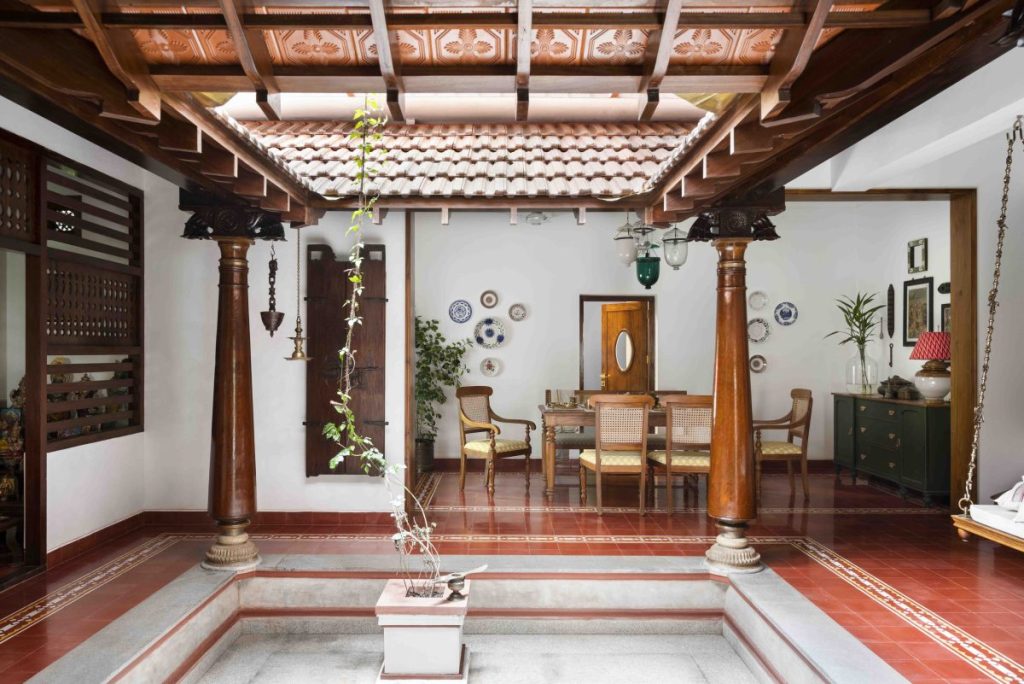
Wood is the closest form of nature used directly in traditional Hindu homes in one way or another.
In south Indian homes, the major part of the house is built using wood, while in northern parts, it is mostly used as furniture. ‘
But wood is definitely primarily used in every Indian household.
For more interesting insights about designing your home traditionally, you can check out our blog on traditional Indian houses.
Conclusion
For ages, traditional Hindu homes have been the best-preserved mirrors of traditions and heritage.
Despite the rapid modernization, homes that are very close to every Indian citizen have been the primary source of preservation of one’s belief system.
Also, home is one such inheritance that not only passes down memories to the lineage but also ensures that future generations do not completely forget about the history and values of a family and its culture.
So, for your new Indian house, you can try out these traditional elements with your choice of modern design considerations.




